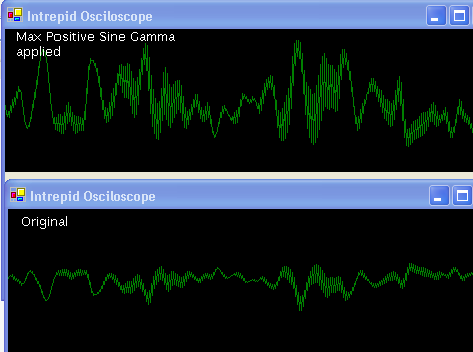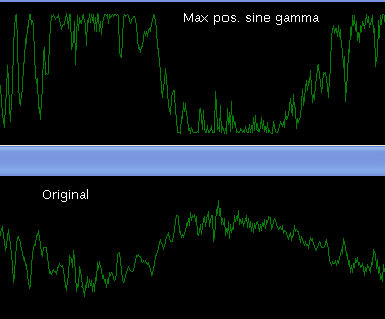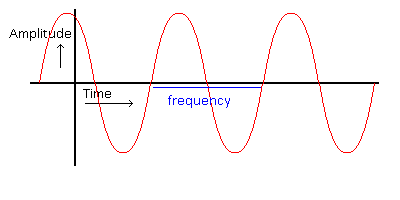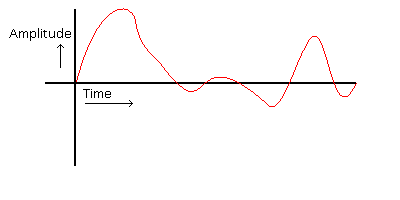With all those strange new physics theories and models which seem to conflict eachother it seems all rather too awquard to be true.
Like Quantum Mechanics stating that something can be two things at the same time, which seems impossible, but certainly is when keeping in mind that Quantum Mechanics states that something is what it seems to be when measured where measurement always has to interact which means that very unstable states of an object don’t exist but still can be applied on an object being two states at the same time with a third set of properties… great…
What people don’t seem to realize is that most physics theories apparently conflict for they are formulated rather awquard, but only formulated like that for then they are reasonably understandable as a model. Also one given theory isn’t superior above another, usualy one theory just stresses a certain part of apparent reality more by the way it represents everything.
There just isn’t the theory that explains how the universe works, there are only models covering a part in a certain way.
I don’t care if someone likes to represents an atom as a little UFO, as long as the conclusions and predictions in that theory are usefull in being able to predict behaviour and characteristics.
This is also where philosophie makes a fatal mistake, a philosopher would tend to use metaphores, scientificly called models, literaly assuming that reality is just a metaphore. And there ishardly anything you can do to persue them otherwise anyways :-).
Apparently it seems, assuming the string theory is an accurate model, that we only experience an infinite small amount of the whole universe. It maybe could be seen that we are just a little (end) fractal in a big fractal (inside another).
But why are we as we are? It would be logical to assume that we are nothing more than a logical result of one chaos like formula for the whole universe seems to be pseude randomly as many chaos formula’s seem. We’re just one of the infinite possibilities (stressing possibilities).
That would seem rather depressing and our lives would seem rather useless.. and actually.. they are rather useless for the whole static everything. But actually that makes just one more reason to maintain our human species for otherwise we couldn’t enjoy our uselessness :-).
And even if we would have to formula to predict everything (which maybe even has been found already by some mathematician, but is only experienced differently by us as models differ from eachother), we would only be interested in derived models for our perception of it to aid our uselessness :-).




